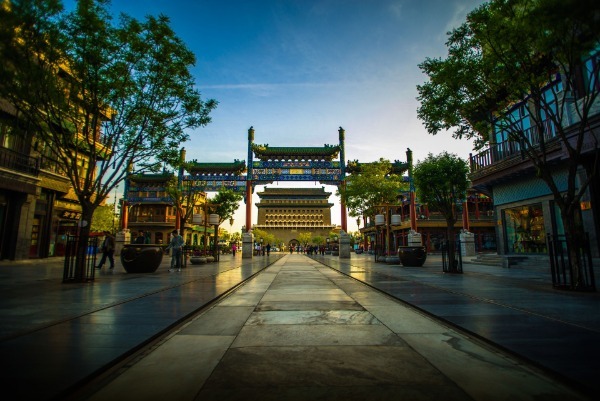Beijing: Dashilan Historical and Cultural Block

Dashilan Historical and Cultural Block
大栅栏历史文化街区

According to the imperial archive recording imperial order execution dating back to the Qing Dynasty (1644-1911), in 1729 Emperor Yongzheng (r. 1723-1735) ordered building of about 440 fences for the outer city of Beijing and in 1753 Emperor Qianlong (r. 1736-1795) authorized 1919 fences for the inner city and 196 for the Forbidden City.
Dashilan was originally a hutong called the fourth alley of Langfang before got its current name because its fences were large, excellent and long-lasting, and gradually attracted attention from all over the capital city.
The block has preserved the structure of “three verticals and nine horizontals” of the late Ming Dynasty (1368-1644) and early Qing Dynasty. “Three verticals” refer to Coal Market Street, Jewelry Market Street and Food Shop Street. "Nine horizontals” refer to the nine hutongs with east-west directions in the block.
There is an old widespread saying in Beijing, "if you want to watch sideshows, visit Tianqiao; if you want to go shopping, visit Dashilan."

You can still see some time-honored brands including silk and tailor store Ruifuxiang, shoe store Neiliansheng and hat store Majuyuan, from ancient Beijing. International brands like Starbucks and online retailers such as jumei.com have also opened store here, injecting fresh blood into the historical street.





